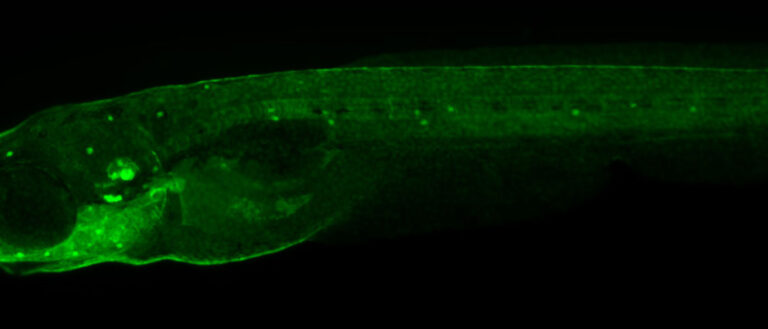
Case Western Reserve University neurobiologist, team advance understanding of how zebrafish use hair cells to detect movement; findings apply to human hearing, balance
By discovering how zebrafish use their hair cells to detect distant movement, a team of Case Western Reserve scientists may have found a path to help explain human hearing loss.
Even though the tiny water creatures and humans would appear to have nothing in common, the structure and function of the hair cells on zebrafish skin are nearly identical to cochlear hair cells found in the human inner ear.
In addition, both the fish and human cell receptors have a type of protein known as an "ion channel," which converts the waves that the cells detect into electrical impulses that carry useful information.

/Public Release. This material from the originating organization/author(s) might be of the point-in-time nature, and edited for clarity, style and length. Mirage.News does not take institutional positions or sides, and all views, positions, and conclusions expressed herein are solely those of the author(s).View in full here.






